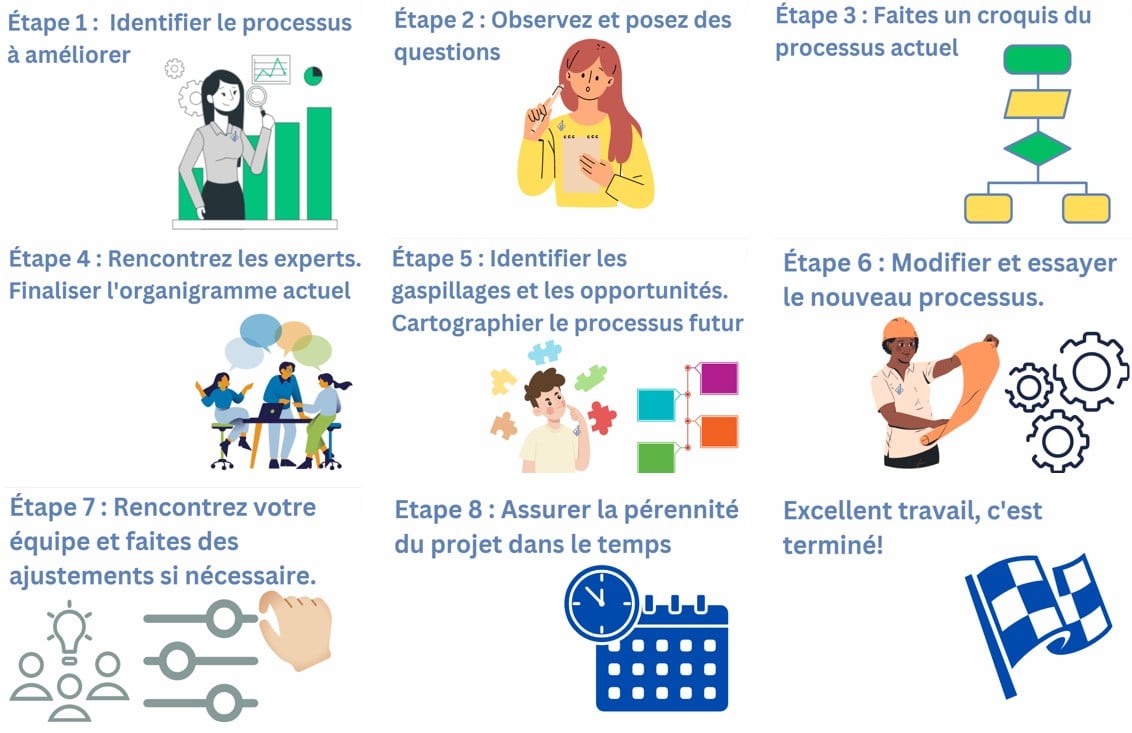What is Analytical Innovation?
Analytical innovation is a powerful tool for businesses to gain better insights and enable more effective decision-making. It is the process of utilizing analytical methods and tools to explore existing data sets, discover hidden patterns, develop predictive models, and generate actionable insights.
By leveraging analytical innovation, organizations can identify areas of improvement in their operations and strategies, enabling them to make informed decisions that lead to higher performance and return on investment.
With a deeper understanding of customer behavior, analytical innovation also enables companies to maximize their marketing efforts and deliver targeted messages with greater impact.
The potential benefits of analytical innovation are immense; however, it requires both expertise and investment in order to be successfully implemented. This article will provide an overview of analytical innovation as well as some key considerations for organizations that seek to use this innovative tool.
Benefits of Analytical Innovation
The benefits of analytical innovation can be far-reaching. It enables companies to gain better insights into customer behavior, identify areas of improvement in operations, and develop more effective strategies for achieving desired outcomes.
Additionally, it empowers organizations to more accurately predict future trends and events, allowing them to make sound decisions that lead to higher performance and greater return on investment.
Furthermore, deeper analytics allows businesses to maximize marketing efforts and deliver more precise messages with greater impact.
Ultimately, analytical innovation equips organizations with the means to achieve success in today’s competitive business environment.
Types of Analytical Innovation
There are various types of analytical innovation that organizations can leverage to make informed decisions and maximize performance. These include but are not limited to: predictive analytics, machine learning algorithms, data mining, sentiment analysis, natural language processing (NLP), time-series analysis, optimization techniques, and blockchain.
- Predictive analytics uses historical data in order to forecast future events.
- Machine learning algorithms utilize artificial intelligence techniques in order to uncover patterns in complex datasets.
- Data mining is a process of extracting useful information from large datasets by applying analytical methods such as clustering and classification.
- Sentiment analysis allows businesses to gain insights into customer opinions and preferences on social media platforms or within customer feedback surveys.
- Natural language processing (NLP) enables organizations to better understand text-based conversations between customers and support agents.
- Time-series analysis allows businesses to analyze data over a period of time in order to identify trends and make predictions.
- Optimization techniques are used to identify the most efficient solutions from among a set of alternatives.
- Blockchain is a distributed ledger technology that enables secure and transparent data sharing between different parties in an organization. For more information on blockchain technology, consult our article on this topic.
Challenges of Analytical Innovation
Despite the potential benefits, analytical innovation can also be plagued with a number of challenges. The most common include data quality, lack of expertise, insufficient resources, and security concerns.
Data quality is an issue for many organizations as their data may contain errors or be incomplete. Without accurate and comprehensive data sets, it is difficult to gain meaningful insights from analytical processes.
Organizations may also lack the necessary expertise to implement analytical solutions effectively. This requires hiring specialized staff or relying on external consultants who can understand the business requirements and design analytical models accordingly.
In addition, analytical innovations typically require significant investments in hardware, software, and infrastructure in order to operate efficiently. These costs can add up quickly if not properly managed.
Finally, organizations must be aware of potential security risks when deploying analytical solutions at scale. It is important to ensure that data is secure and protected from unauthorized access or manipulation in order to guarantee its accuracy and integrity.
In brief, analytical innovation can provide organizations with a wealth of insights into their operations and customers if implemented correctly. With the right resources and expertise, businesses can leverage the power of analytical methods and tools to unlock new levels of understanding and performance.
Key Considerations for Implementation
In order to effectively implement analytical innovation, organizations must take into account a number of key considerations.
The first is determining the organization’s analytical needs and objectives in order to decide which types of analytical solutions are most suitable for the situation. This process involves understanding the data sources available, analyzing the kind of insights needed, and developing an analytical strategy that meets these requirements.
Organizations should also assess their technical capabilities in terms of both hardware and personnel. Implementing analytical innovations requires powerful computers as well as experienced data scientists who can design and monitor analytical models.
Finally, organizations must ensure that they have adequate security measures in place to protect the data used for analytical purposes. This includes encrypting sensitive data, establishing access control policies, and monitoring usage patterns for suspicious activity.
By taking these considerations into account, organizations can ensure that analytical innovation is deployed in a manner that best meets their needs and objectives. With the right approach, businesses can unlock tremendous value from their data to improve decision-making, problem-solving, and performance.
Conclusion
In conclusion, analytical innovation is an important tool that can be used to gain a better understanding of an organization’s operations and customers. It can be used to uncover new insights and develop more accurate models for predictive analytics, which in turn can lead to improved decision-making and performance.
However, organizations must carefully consider the various types of analytical solutions available, the resources required for implementation, and the security measures needed to protect sensitive data. With an effective approach, analytical innovation can open up a wealth of opportunities for businesses!
For more information about Innovation, here are some articles that could interest you!








